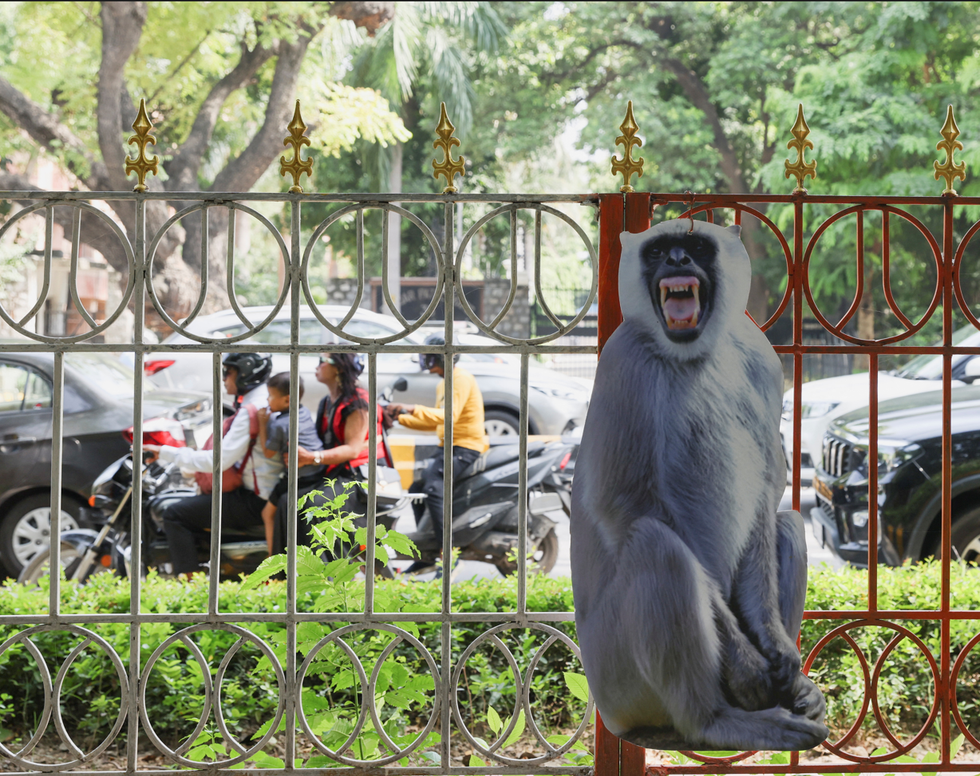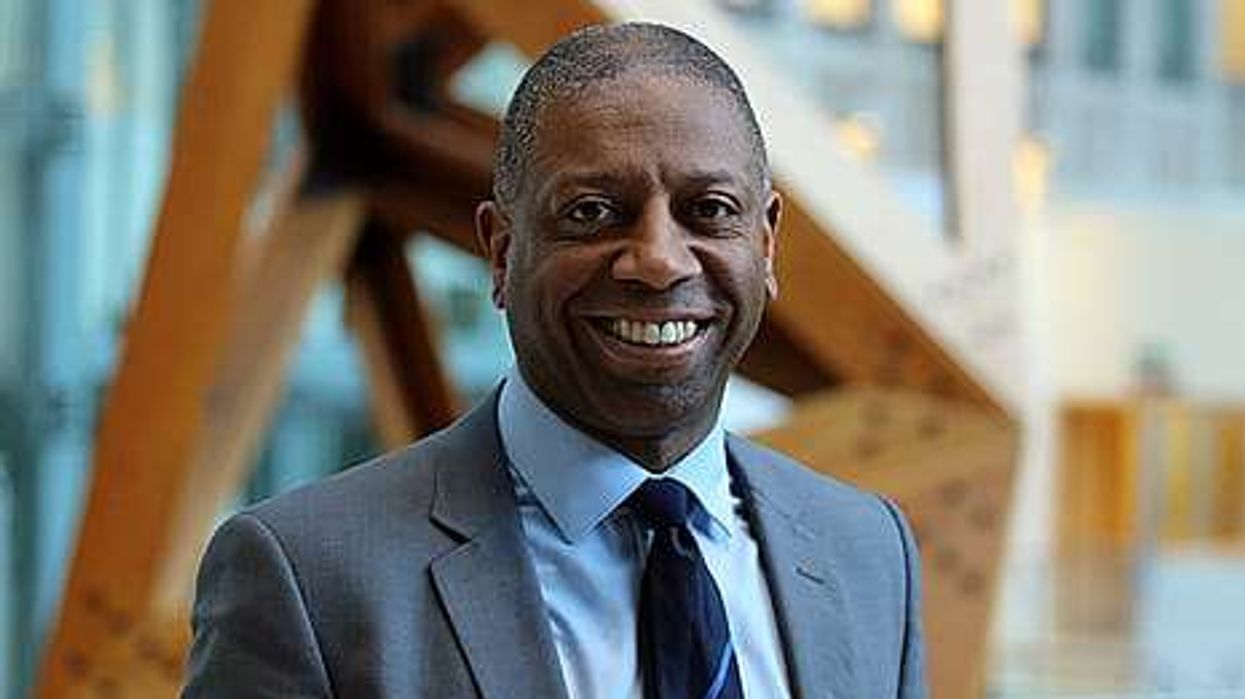LIFE-SIZE cutouts of langurs have sprung up in several parts of New Delhi over the past few days, as officials look to prevent the smaller rhesus monkeys from playing spoilsport during the G20 summit that will take place next week.
Rhesus monkeys are a menace in many areas in India's national capital. They often run across busy roads without warning – putting both themselves and motorists at risk – and regularly attack unsuspecting pedestrians or residents.
The langur – a bigger primate with a black face – is commonly used by authorities in the city to scare away monkeys, with the antidote already working well in this instance, officials said.
“We cannot harm them or remove them (the monkeys). Our only option is to confine them to their (forested) areas,” said Satish Upadhyay, the vice-chairperson of the New Delhi Municipal Council (NDMC), which is carrying out the work.

Apart from placing the cutouts of langurs along major roads and in locations the monkeys tend to frequent, the NDMC has deployed “30 to 40 people” who mock their sounds to create the impression that the animals are alive and moving.
In addition, the authority has started providing food to monkeys in forested areas to ensure they do not wander beyond the boundaries. “We started placing these cutouts in the city over the last one week, and are already seeing a positive impact. Monkeys have stopped going to the areas where these cutouts are present,” Upadhyay said.
This is not the first time New Delhi has turned to langar's to resolve its monkey problem during a major international event.
Live langurs were rented and put on duty when the Commonwealth Games were held in the city in 2010.













